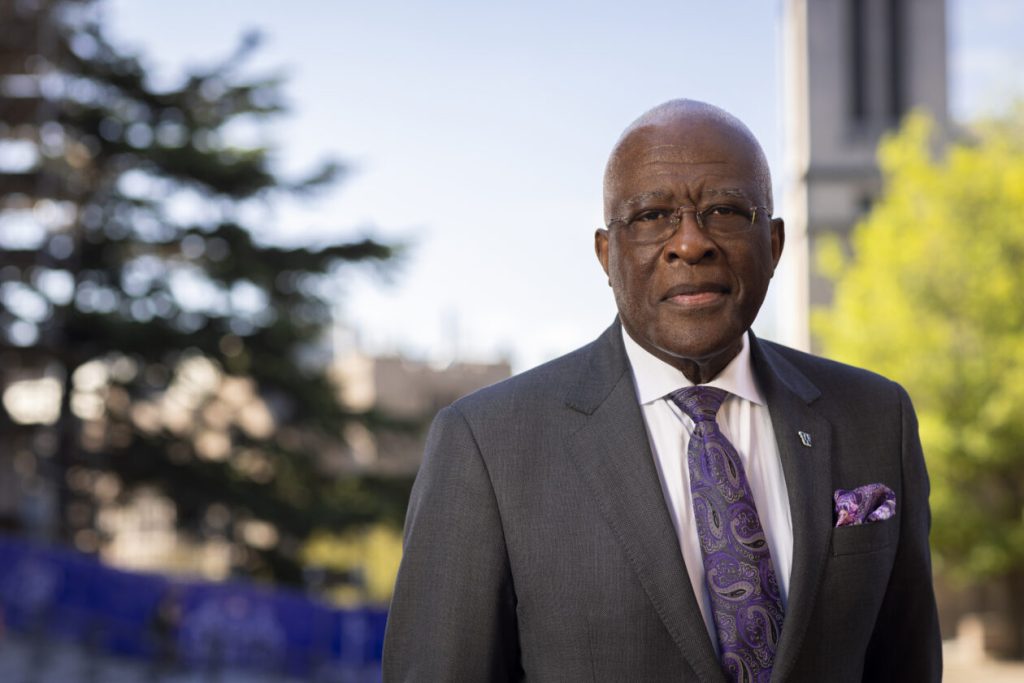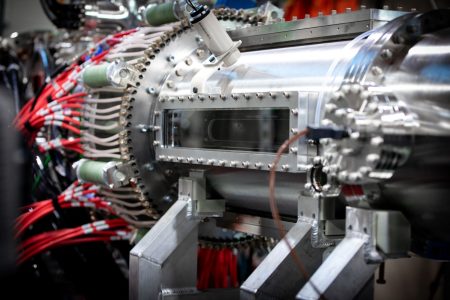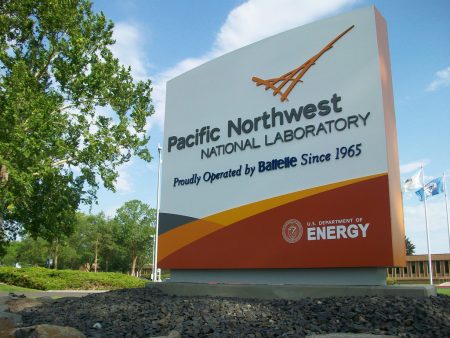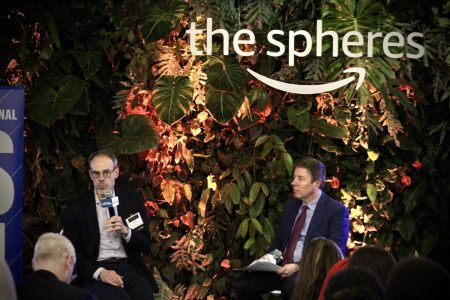Robert Jones: Pioneering a New Vision for the University of Washington
Robert Jones, the University of Washington’s 34th president, has hit the ground running with bold plans to transform computer science education and forge innovative partnerships that could reshape the university’s future. Now more than 100 days into his tenure, Jones is bringing fresh perspectives and ambitious goals to one of the nation’s leading public research universities.
Drawing from his successful leadership at the University of Illinois Urbana-Champaign, Jones aims to democratize computer science education at UW through an initiative similar to Illinois’ groundbreaking “CS + X” program. This approach would integrate computer science and AI education across diverse disciplines—from music to economics to philosophy—giving students technical literacy regardless of their major. “AI is just an amazing tool, and we’re doing work here to try to make sure that our students are getting as comprehensive an education as possible,” Jones explained in a recent interview. The vision is clear: graduates with both depth in their chosen field and computational skills will be “much more employable” in today’s technology-driven economy. This initiative has already received significant support, including a $10 million gift from Microsoft pioneer Charles Simonyi and his wife Lisa to fund the new AI@UW initiative, which will integrate artificial intelligence into education and research university-wide.
Jones is also working to dispel persistent misconceptions about UW’s computer science program and the impact of artificial intelligence. Contrary to popular belief, the university’s prestigious Paul G. Allen School of Computer Science & Engineering accepted 37% of Washington state high school applicants this year. “We actually accept many more students than the general public believes,” Jones noted, though out-of-state acceptance remains highly competitive at just 4%. Similarly, he dismisses fears of an “AI job apocalypse” as “overblown,” instead viewing AI as a “critically important tool to have in your tool chest to be more effective in the future.” This perspective aligns with Jones’ background as a plant physiologist who witnessed how technology transformed agricultural sciences—one of his areas of expertise before moving into university leadership.
Perhaps the most ambitious element of Jones’ vision involves what he calls “radical partnerships”—large-scale collaborations that cross traditional boundaries between institutions, geographies, and sectors to address challenges “too big for any one entity to solve alone.” The approach isn’t theoretical; Jones has successfully implemented several such partnerships throughout his career. He points to UW’s longstanding WWAMI program, which serves medical students across five states who earn UW degrees before returning to practice in their communities, as an exemplar of this collaborative model. During his time in Illinois, Jones helped establish partnerships with the University of Chicago to advance quantum science research and worked with the Chan Zuckerberg Biohub on human biology initiatives. These experiences have convinced him that complex technological challenges in areas like artificial intelligence and quantum computing particularly benefit from this collaborative approach.
The timing for these initiatives couldn’t be more crucial. UW faces significant financial challenges amid weakening state revenue forecasts and potential cuts to federal research funding—resources the university heavily depends upon. Jones’ partnership strategy offers a potential pathway to expand both expertise and funding sources during uncertain economic times. It also leverages UW’s unique position within one of the world’s most vibrant tech ecosystems. “What we have to do more of is working together to fund and to create the next big idea that’s going to be transformative,” Jones emphasized, highlighting his ambition to make an impact “not only for the state of Washington, but for the nation and the world.”
Industry leaders appear optimistic about Jones’ vision. Laura Ruderman, CEO of the TechAlliance, expressed confidence that Jones’ experience creating the quantum park in Chicago will translate to continued UW leadership in growing the regional innovation ecosystem. The university’s track record speaks for itself: over 110 UW spinoff companies currently operate in Washington state, according to the university’s CoMotion program, which supports entrepreneurship. Jones sees tremendous potential in strengthening these connections, suggesting that UW can work even more “seamlessly” with the region’s tech sector—from giants like Amazon and Microsoft to hundreds of smaller innovators—many of which have roots in the university community.
As Jones settles into his role as president, his vision represents both continuity with UW’s tradition of excellence and a bold push toward new frontiers. His emphasis on computer science education for all undergraduates acknowledges the reality that technological literacy has become essential regardless of career path. Meanwhile, his focus on building coalitions across traditional boundaries reflects a recognition that today’s most pressing challenges require unprecedented collaboration. With significant support already materializing—including the Simonyi gift and enthusiasm from regional tech leaders—Jones appears well-positioned to advance his agenda despite challenging economic headwinds. If successful, his leadership could not only strengthen UW’s position as a leading research institution but also establish new models for how universities can maximize their impact through strategic partnerships and innovative educational approaches.















